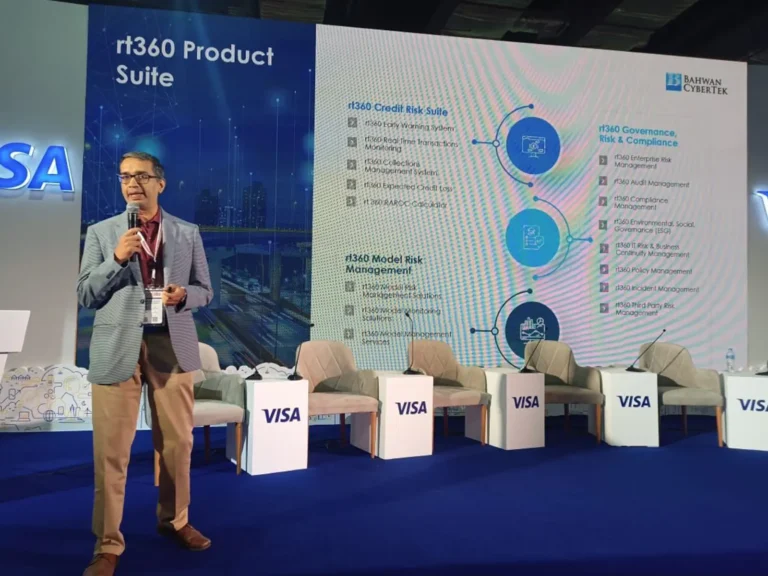
Decode the trends at the intersection of ESG and Climate Risk that are reshaping industries

BCT Digital and Chartis Present Market View:
ESG and Climate Risk Survey
Get your complimentary copy






compliance management

rt360 Product Suite

Cost-effective
Automated and user-friendly
Technology-driven
rt360 Credit Risk Suite helps financial institutions monitor credit portfolios effectively. It enables lenders and portfolio managers to have tighter control over their asset book at all times, at any point in the loan lifecycle.

End to End Governance Compliance
End to End Automation
- Identify and mitigate critical and newer risks
rt360 Governance, Risk and Compliance (GRC) suite is designed to manage enterprise risks, ensuring end-to-end governance and compliance. It allows organizations to achieve an end-to-end automation of their GRC processes by enabling linkage to in-house systems and external sources.

Model configuration & management
Risk estimation
Validation
rt360 Model Risk Management (MRM) enables organizations to focus on key business areas while minimizing the hassle of data aggregation, model development, model validation, regulatory reporting, and model performance assessment.

ESG framework & risk assessment
Disclosures and metrics monitoring
Integrated, with advanced reports & dashboards
rt360 Environmental, Social and Governance enables organizations to adopt an integrated approach to managing ESG risks. Built on the market-leading rt360 GRC platform, rt360 ESG helps businesses align their strategic and financial objectives with their overarching ESG program.
Thought Leadership
Press Coverage


Upcoming Events
Indiaspora G20 Forum – ‘Road to India@100: The Diaspora Dimension’
Events
Indiaspora G20 Forum – ‘Road to India@100: The Diaspora Dimension’
BCT Digital Makes a Striking Impact at Seamless North Africa 2023
Awards & Recognition




rt360 Credit Risk Suite by Banking Frontiers

RiskTech100 2021

business of the year 2021

rt360 Early Warning System by Banking Frontiers


of the year 2020


Provider of the year 2019


Let's Connect































